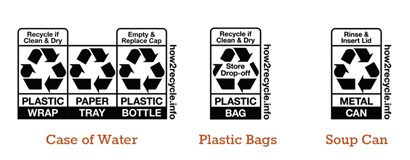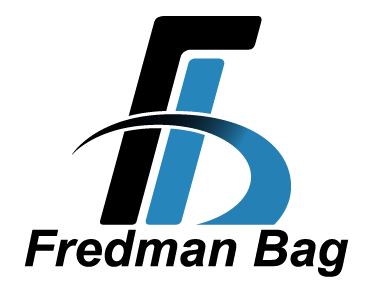A Closer Look at How2Recycle Labeling
When considering how to move packaging in a more sustainable direction, the conversation usually revolves around: 1) creating packaging from existing (recycled content) or renewable (such as plants) resources, or 2) designing packaging for reuse, composting, or recycling at the end of its life. The idea of easy-to-read and informative labeling lacks the limelight—but is likely the best way to keep material in the economy, maintain clean recycling streams, and avoid unnecessary landfill additions.
Many major brands are increasingly turning to How2Recycle labels to better define for the end user what to do with a package once its use has been exhausted. The simple and clear labeling has led to rapid adoption by brands and manufacturers:
- 209,400 SKUs use the How2Recycle label, a growth of 94% since 2021
- 11,000 custom and unique How2Recycle labels exist, an increase of 64% since 2021
These statistics speak to how much diversity exists in the packaging space.
The labeling system is continuously evolving. Regulations are constantly changing, and new data becomes available, which forces changes to existing labels and helps create new ones. The How2Recycle organization does not write the law; it complies with the law to give clear direction to the end user. A few examples of its labels are shown here.

To gain access to the labeling system, organizations must first become a member with How2Recycle. Members then send their packages for evaluation, and How2Recycle provides the appropriate label to print on their packages.
If your organization has consumer-facing products, you might consider including How2Recycle labels on your packaging. The labels show commitment and leadership in the sustainability space and provide customers with information that they are likely seeking. We at Fredman Bag can guide you through the entire process—start a conversation with us today.
